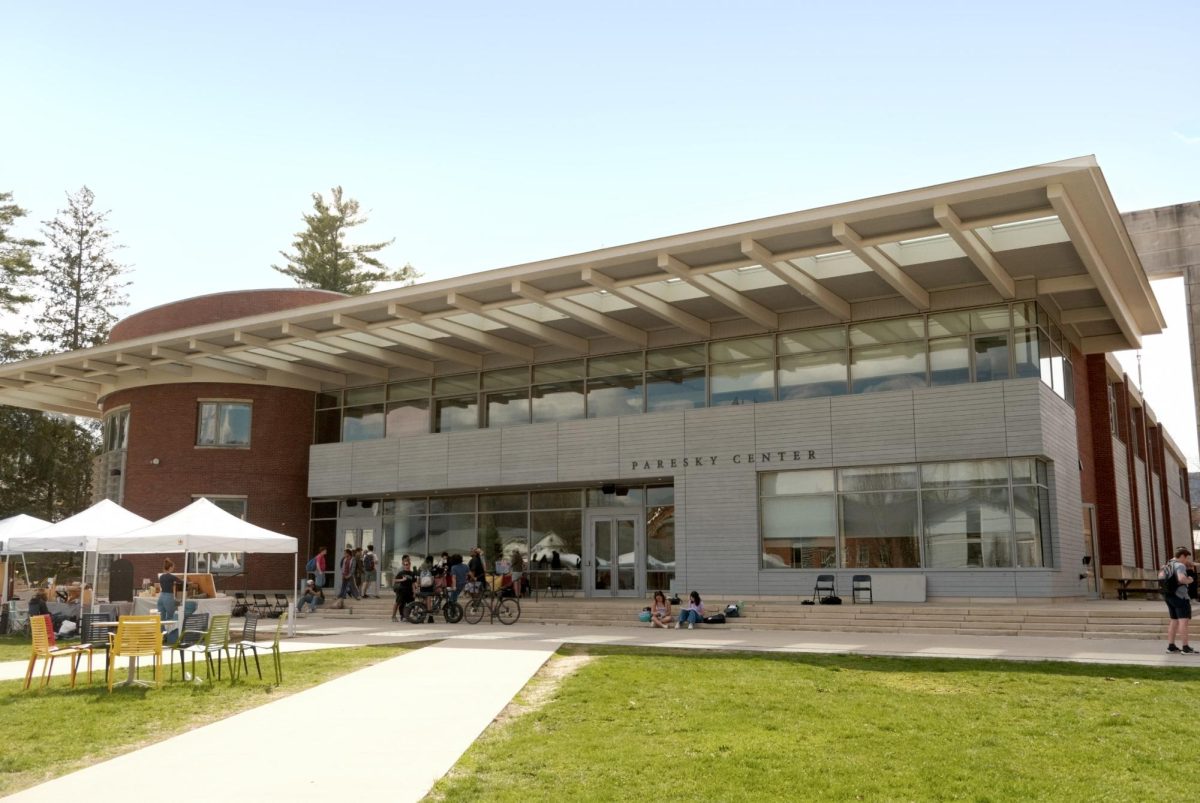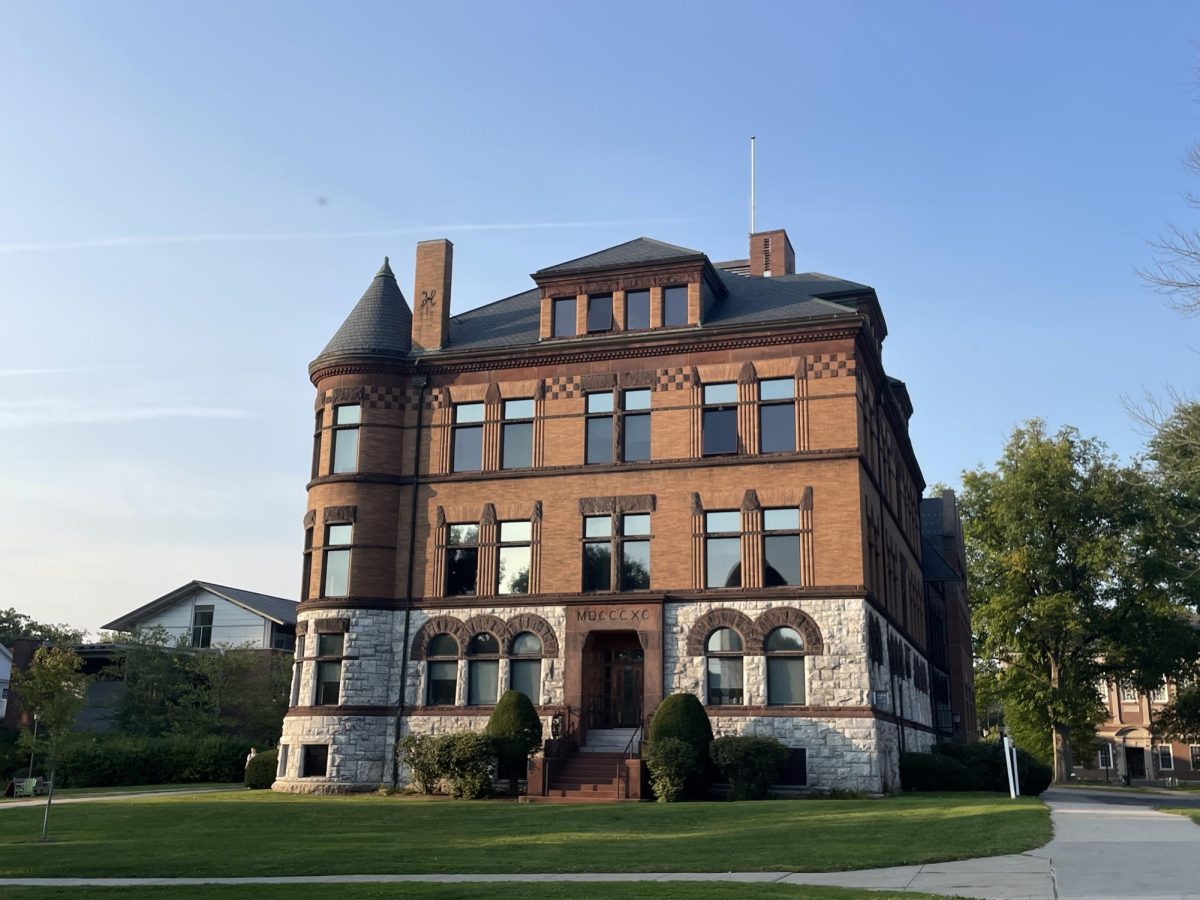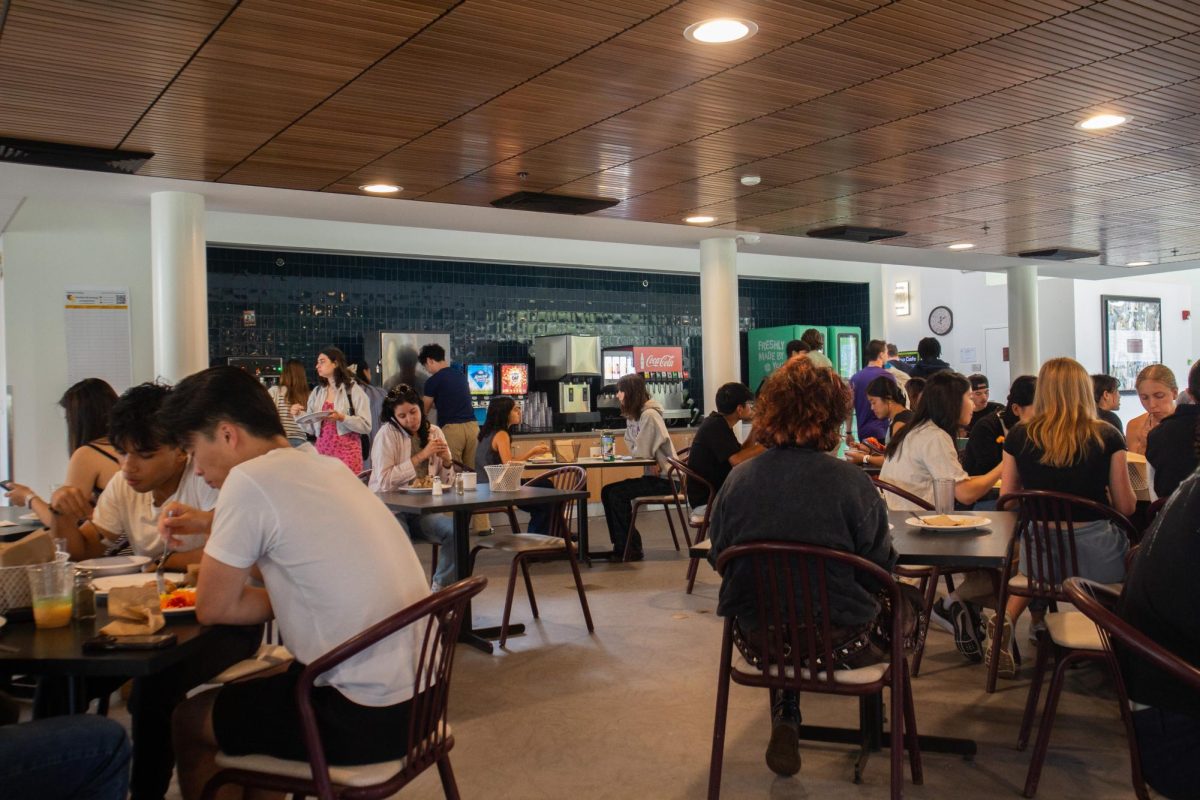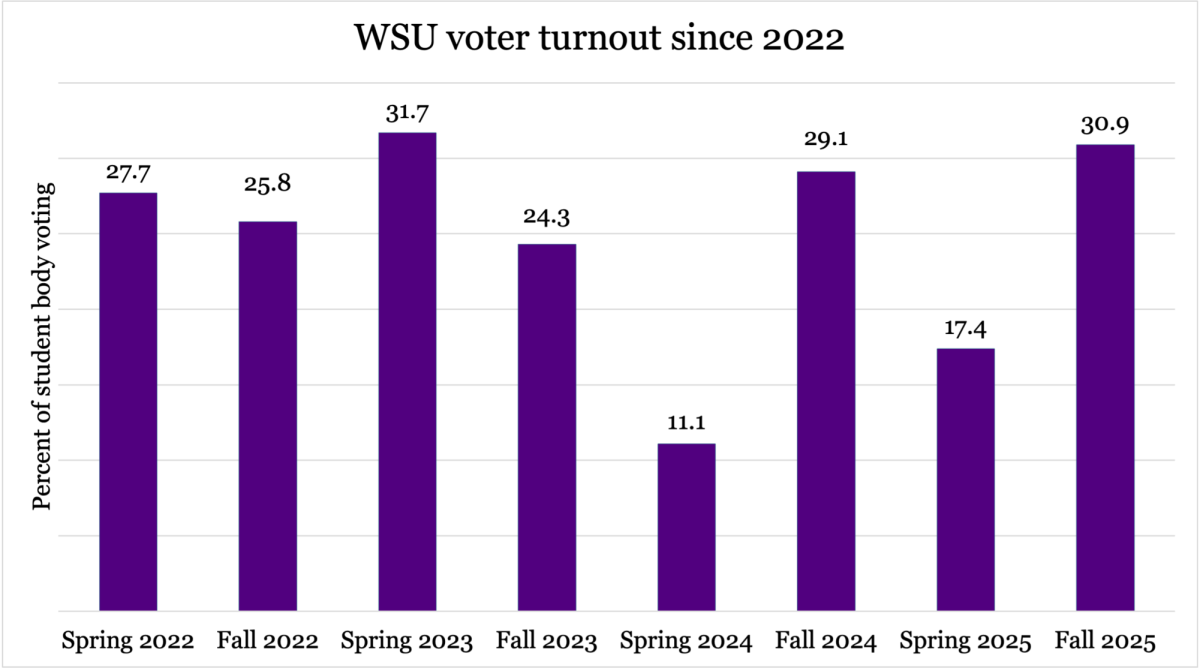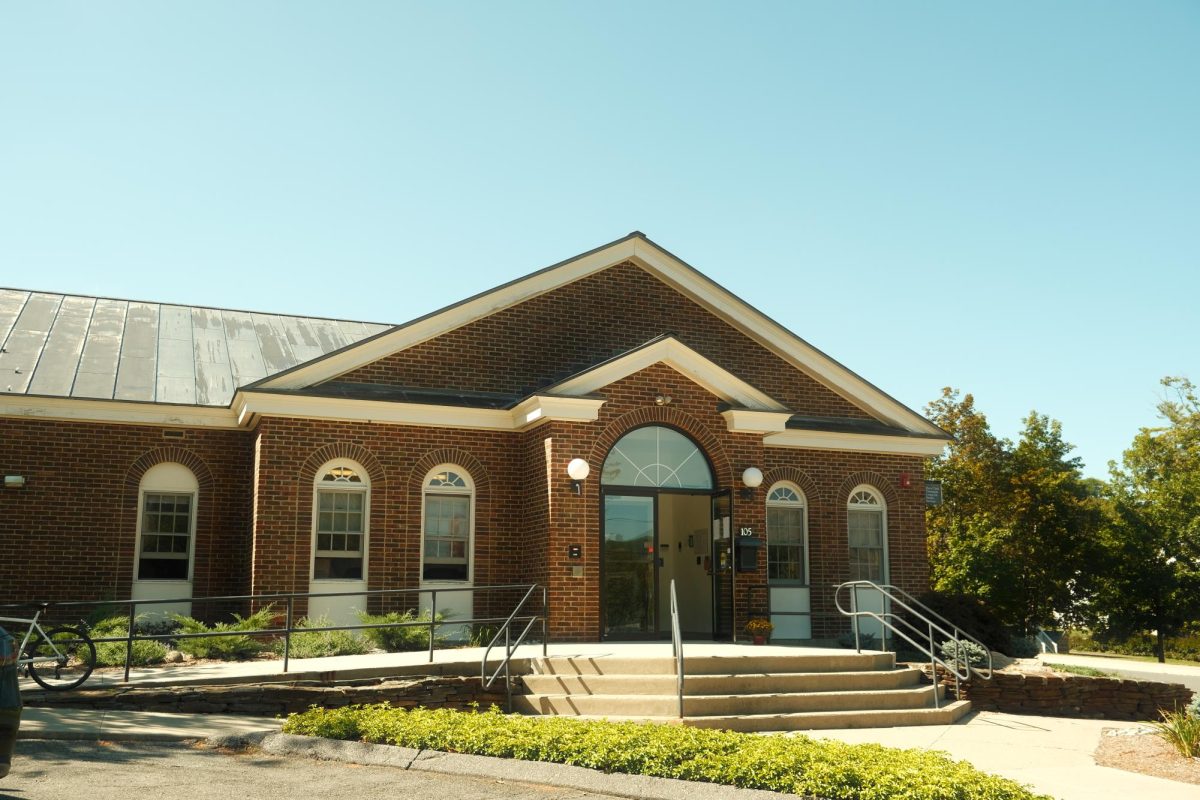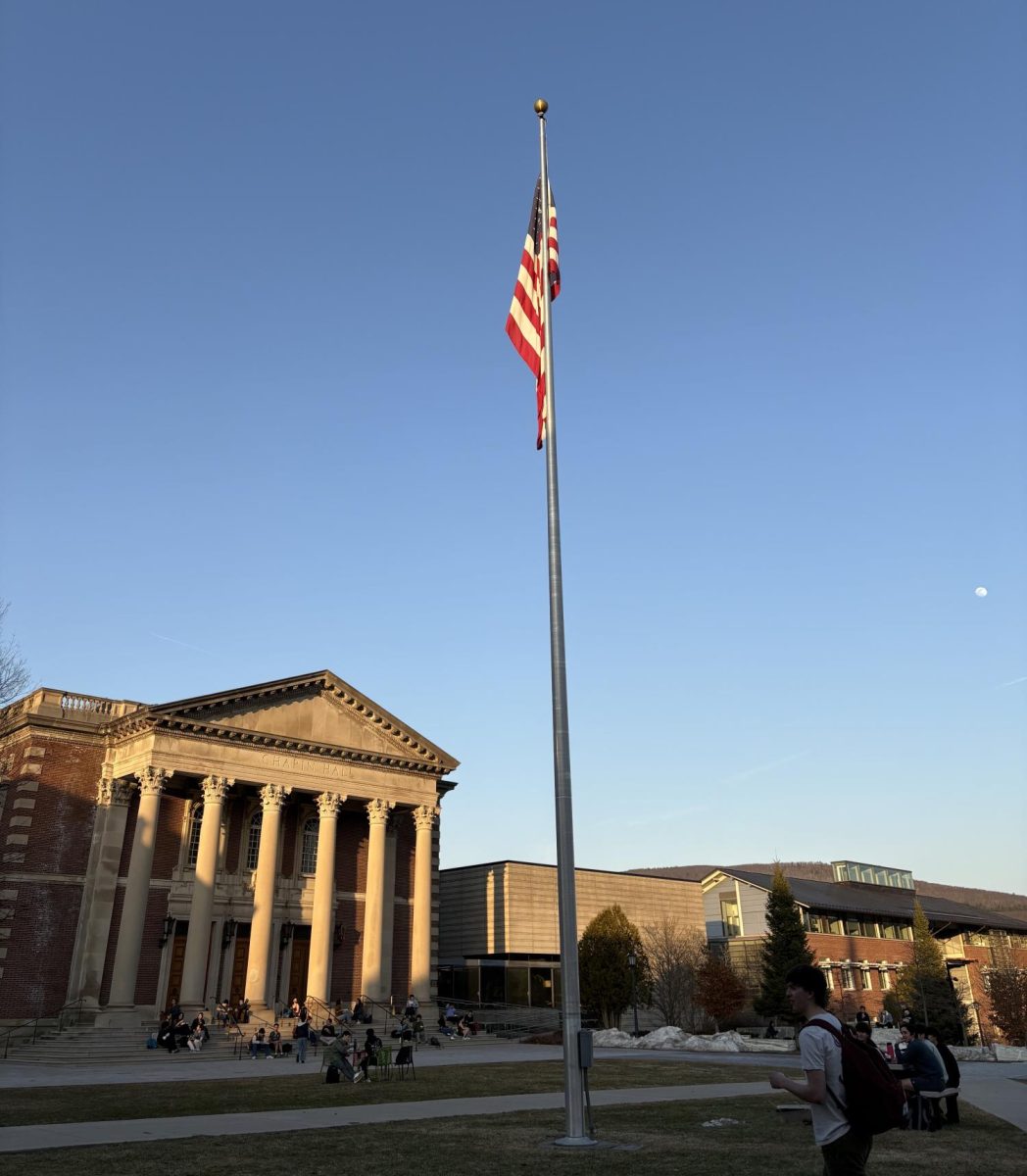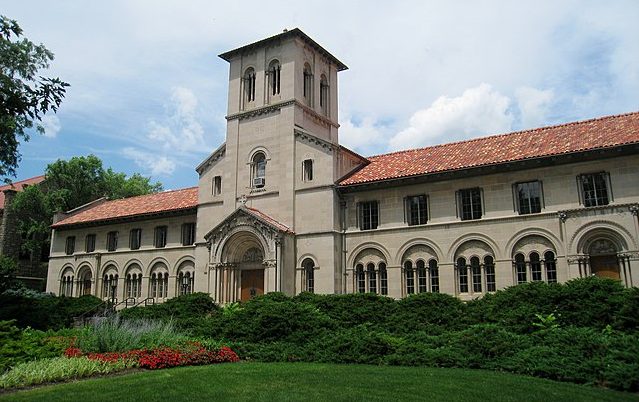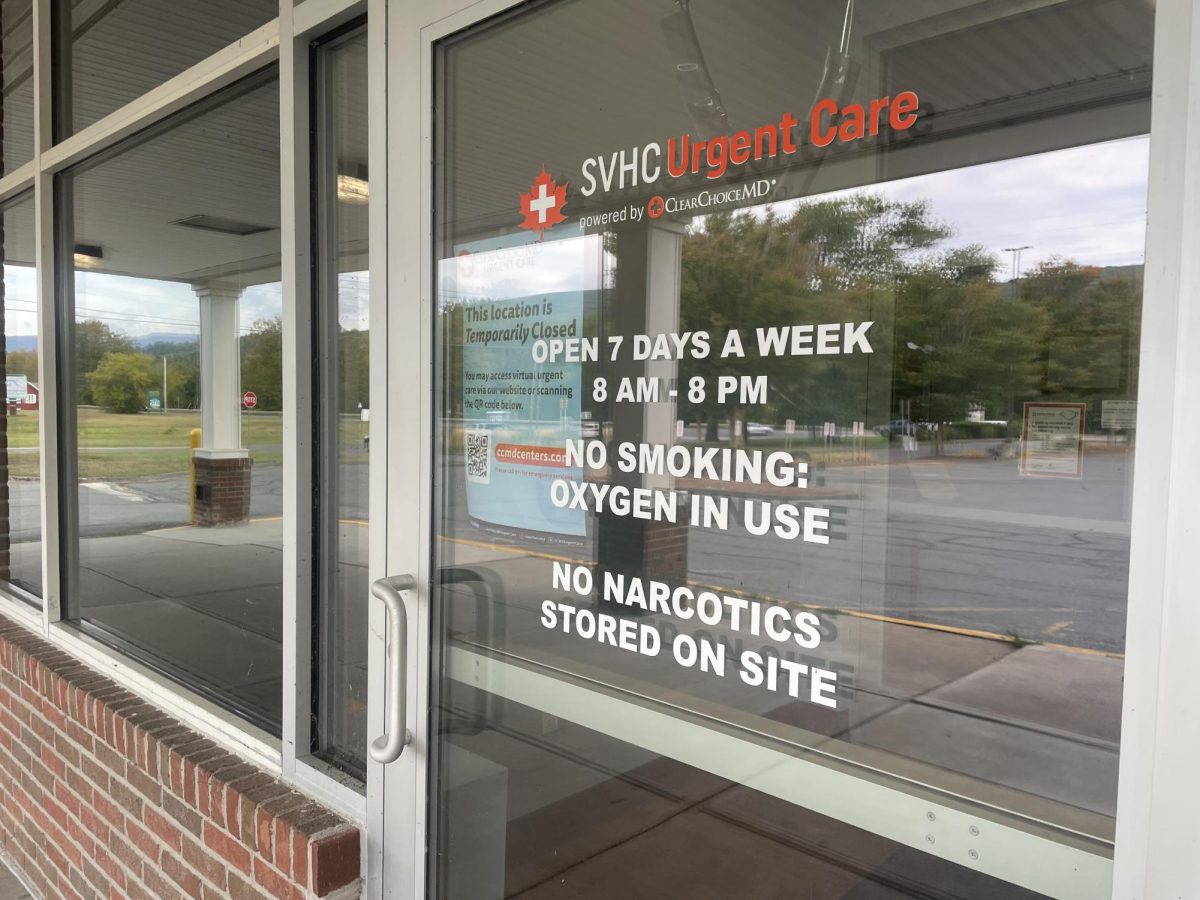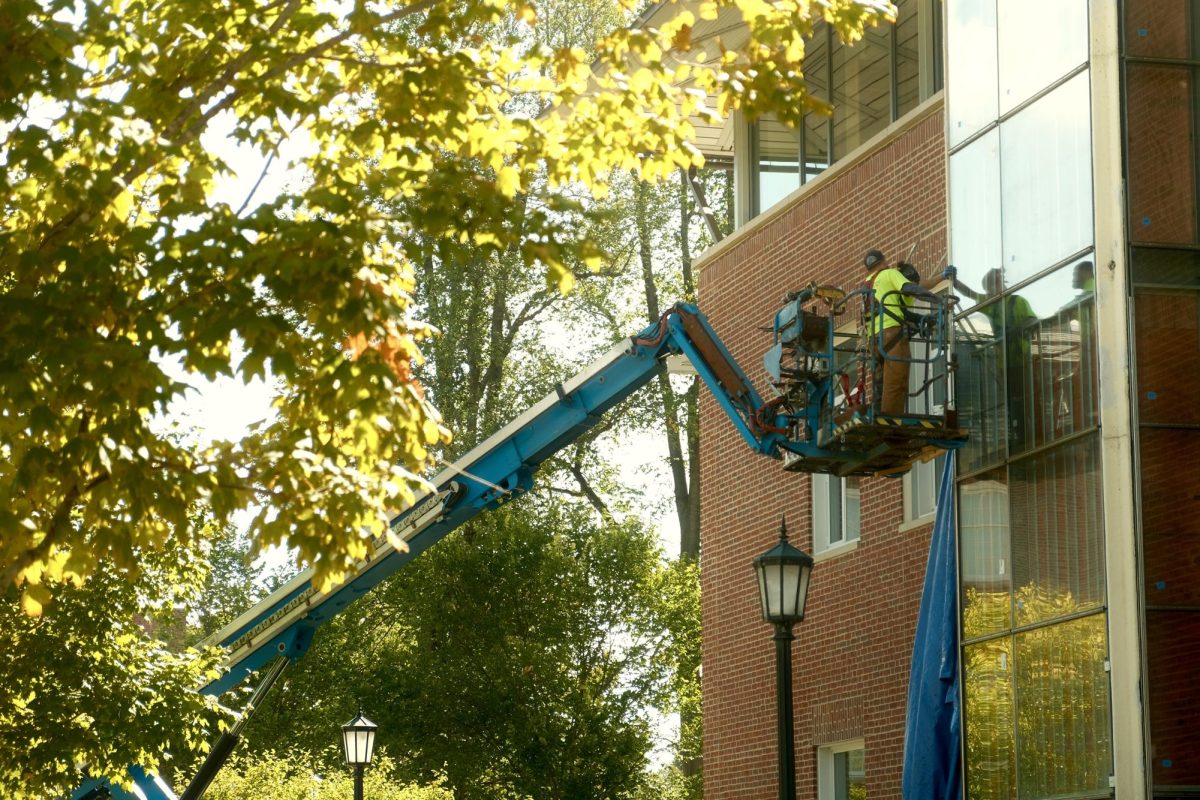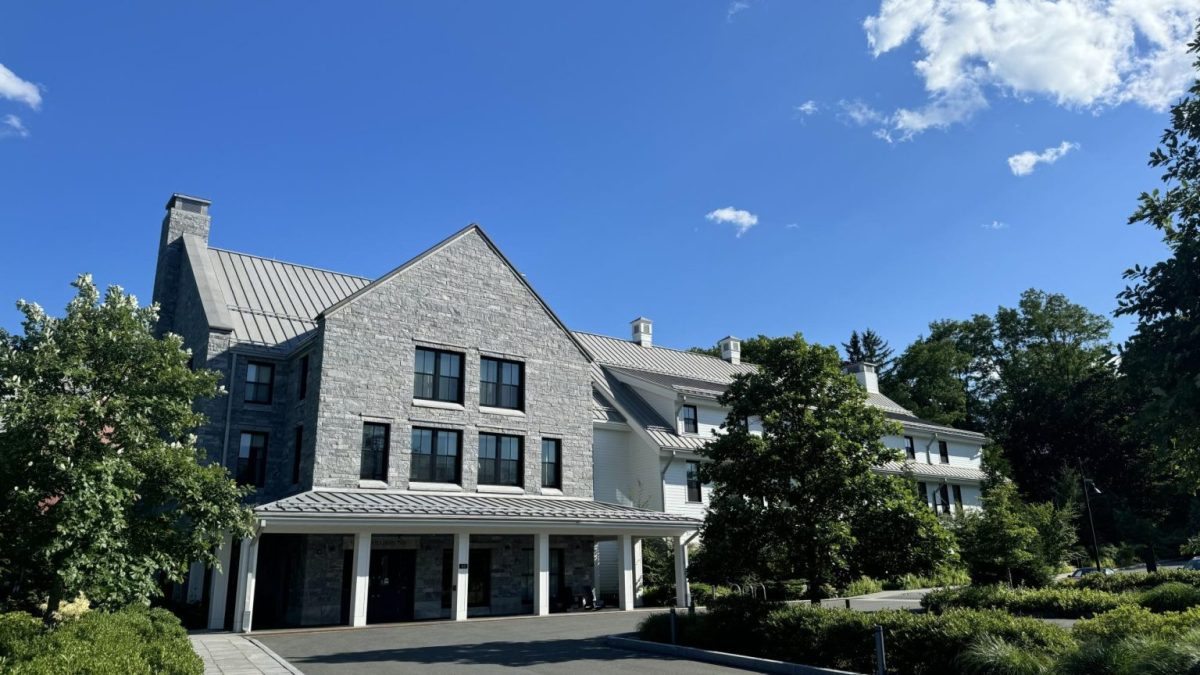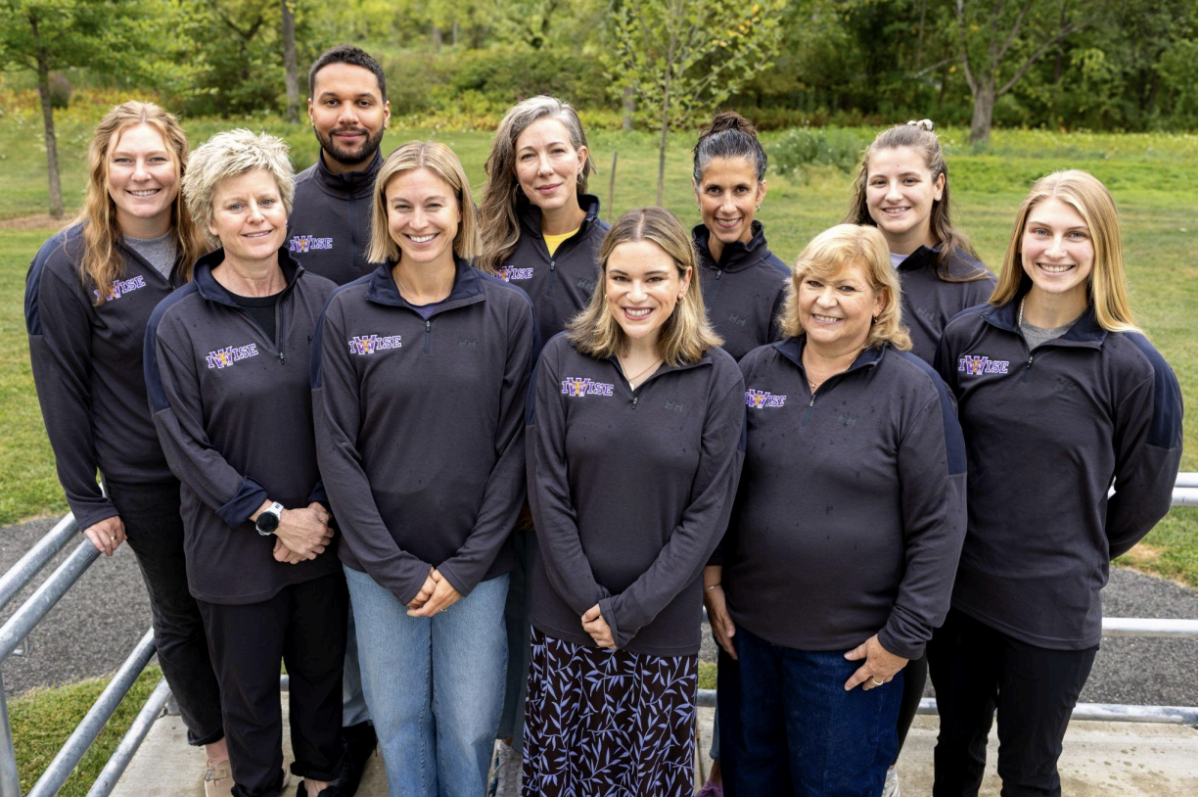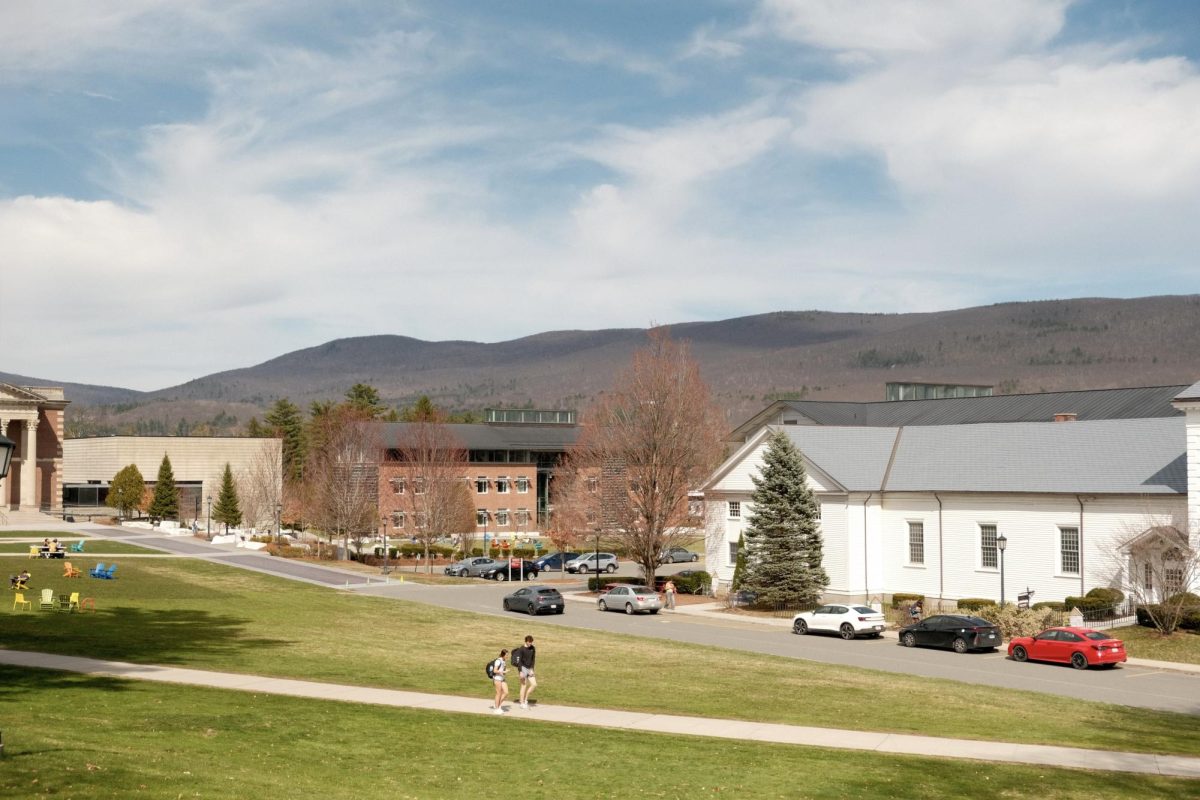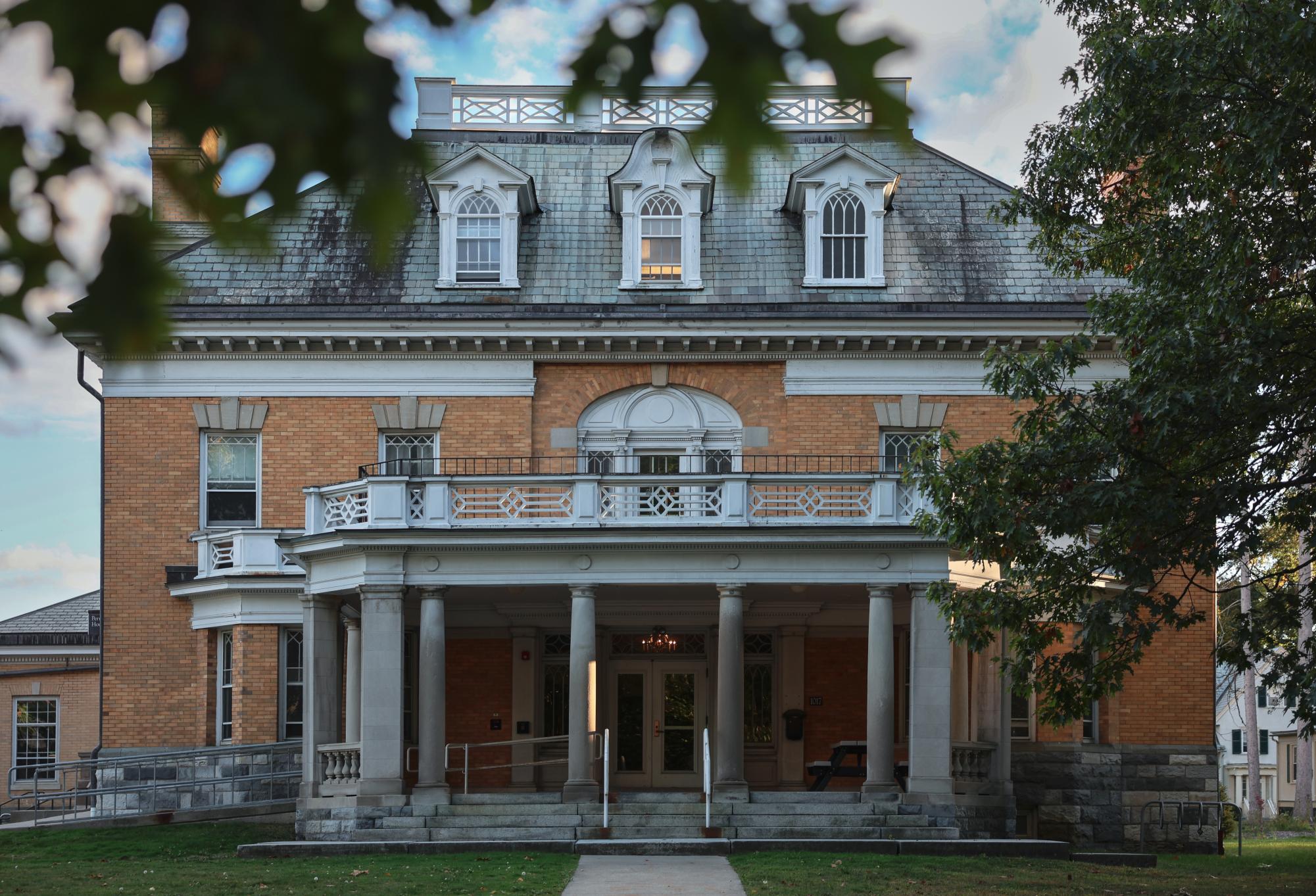
Iris Li/The Williams Record
A Chabad religious center is opening in Williamstown this fall, providing Orthodox religious services for Jewish students and other community members. The center’s leaders Rabbi Mendel Volovik and his wife Tzivia Volovik will conduct services separately from the Williams College Jewish Association (WCJA) in the new center.
Chabad is a Hasidic Jewish movement headquartered in Crown Heights, Brooklyn. It has student centers on over 950 college campuses worldwide. Each student center houses a married couple, like the Voloviks, and provides religious services, weekly meals, and bonding activities for Jewish students. The Orthodox services offered at Chabad differ from WCJA’s Conservative or Reform services in that they follow different prayers, separate the genders during the service, and require a quorum of 10 Jewish men to perform services.
Currently, there is a group of students interested in Chabad that has held weekly Orthodox services in Perry since the start of the semester. After services, participants may join WCJA’s Friday night Shabbat dinner at the Jewish Religious Center (JRC), which is open to all students. According to Arielle Levy ’26, one of the members of the group, both services and Shabbat dinner will be held in the Voloviks’ home by next semester.
Rabbi Volovik has overseen Chabad centers in his home for a few years, first in Pittsfield then in Lenox, according to Levy. Before this year, some students at the College would commute off campus to attend Shabbat services at Chabad on Fridays. “It was a really fun community,” Levy said. “We would all go over together.”
In May, Volovik informed Levy that Chabad was considering opening a house in Williamstown, and over the summer those plans were confirmed. Volovik and his wife are currently on the search for a house in Williamstown where they will hold their services. Until then, students who prefer Orthodox services will continue to use Perry.
“When I came here as a freshman last year, I had heard about Chabad and Hillel at all these other schools,” Justin Schoenfarber ’28, a board member of the student Chabad organization, said. Hillel is another nationwide Jewish student organization, which does not have a presence at the College. “Seeing that we only had one thing here, when Arielle told me we could bring Chabad here, I thought that would be great, so all of these students could have multiple options.”
Jewish life at the College has long been centered around WCJA, the all-encompassing organization based in the JRC.
“[The JRC] has been the home for Jewish students and Jewish life since it was built in 1991,” Rabbi Seth Wax, Jewish Chaplain to the College and WCJA advisor, wrote in an email to the Record. “Over the decades, students have organized weekly Shabbatservices and dinners, run holiday services and meals, planned classes on Jewish thought and practice, organized volunteer opportunities, and offered social activities that are open to all Williams students.”
WCJA is the only Jewish student organization on campus. Historically, WCJA has offered a combination of Reform and Conservative services, but seeks to accommodate students of all levels of religious observance, according to Wax.
With the arrival of Chabad in Williamstown, WCJA student leaders want to ensure that the College’s Jewish community is not divided, according to Mya Waxman ’27, a religious director for WCJA. “Chabad and WCJA are totally separate,” she said. “I think the fear is that there might be a split in the Jewish community towards people who want to go to Chabad and people who want to go to WCJA.”
Wax has supported the students organizing the services in Perry. “When a group of students approached me at the start of the academic year, asking for an Orthodox prayer group, or minyan, which adheres to gender separation, I immediately began determining how we could best support them,” he wrote. “I initiated conversations with members of WCJA leadership and the students who requested the Orthodox minyan so that we could ensure that we could meet everyone’s religious needs.”
“I do not believe that there need be a conflict between WCJA and Chabad,” Wax continued. “At many colleges around the country, there can be a productive relationship between the on-campus group and the Chabad organization.”
In an email to the Record, WCJA presidents Ariella Scheer ’26, Mica Calzolaio ’26, and Shayna Podhoretz ’26 emphasized that WCJA’s primary concern is to create an inclusive space for all Jewish students. “Our commitment to pluralism means that WCJA and the JRC operate as a place of cultural exchange and synthesis, where members are encouraged to both bring meaningful traditions from their home communities and remain open to new forms of practice,” they wrote.
“We are willing to engage and work with Chabad, if their leadership is interested, because, as the group that represents the Jewish community of Williams College, we want to bring people together,” they added.
Unlike those at WCJA, services at Chabad are divided by gender. Orthodox services also often utilize a mechitza, a physical divider that separates men and women during prayer. “Some students at WCJA expressed concern about, ‘What happens if I’m nonbinary? Where do I go?’ It’s not really welcoming of that,” Waxman said.
“[In Chabad], in order to say certain Jewish prayers, they need 10 men,” Waxman continued. “So, from a religious perspective, it doesn’t matter if I’m there, and only men can lead the services.”
Student members of Chabad emphasized Chabad’s value. “Chabad’s services follow Judaism as it has been practiced for more than 2,000 years, and for me and others, that is simply a matter of preference,” Levy said. “It also strengthens the future of Jewish life on campus, since many Jewish students are far more likely to apply to a university if they see there is a Chabad.”
Jolie Nassi ’29 said she appreciates the arrival of Chabad on campus. “I get really homesick on Shabbat,” she said in an interview with the Record. “When I went to WCJA for the first time, it just wasn’t what I was used to, because there were a lot of Ashkenazi Jews there and I’m Sephardic, so the traditions are a little bit different. I don’t really sing the stuff that they sing, but at the traditional services, it just felt a lot like being home, and I’m so grateful for it.”



